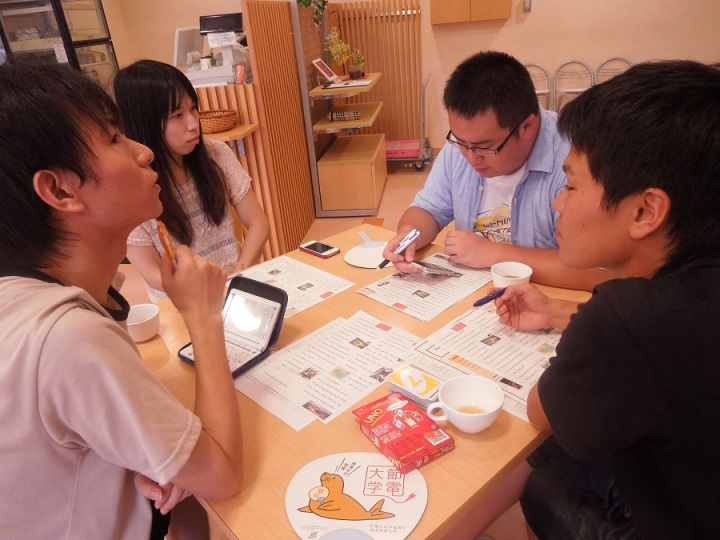Introduction to “no more shyness”
Hyuga Higuchi

In this next series of articles, my goal is to provide a process that will assist all prominent ESOL instructors in Japan to get fantastic levels of motivation from their students. I have tried it for about 10 years of teaching and it has helped me build solid rapport with my students as well as all the perks that come with being admired by the same: high student evaluations, great/fun classroom atmosphere, election to best teacher of the year awards, thank-you cards from every graduating student and job security.
This method is simply called “no more shyness.” The name derives from the fact that it was created with the intent of helping students build up their confidence and give them the courage they need to speak their ideas out in front of others. I have primarily used this method with Japanese students, but the same was very effective with students from other parts of Asia and the Middle East as well, so I can comfortably recommend it to ESOL teachers teaching other nationalities besides the Japanese (NOTE: the focus here, though, is in using the method with Japanese students only due to the nature of this blog).
In this first article, we will take a look at the definition of the “no more shyness” method while taking a look at how to implement it. In other articles, we will look at the structures that need to be in place to reinforce the development of the “no more shyness” culture in the classroom.
(I will be writing the reasons why it is necessary in Japan to go through the hardships of building a classroom culture like the one I am proposing here in different posts – if you have taught classes composed of European and South American students, you understand that it is hard to keep them away from just talking in class and drifting from the main purpose of the lesson. However, the opposite is true with most Japanese students and it can be challenging to keep their talk time high because so many of them struggle with voicing out their opinions in English. If you have a high level of interest in this topic stay put for my future blog posts.)
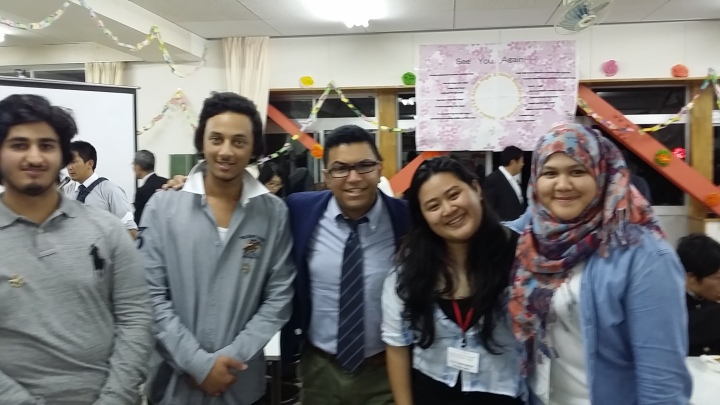
Concept: what is “no more shyness”
As the title of this section of the blog-post implies, “no more shyness” refers to the fact that students who have mastered this lifestyle will be able to confidently speak English without being shy. In order to achieve that, there is a series of small classroom rituals that are conducted to allow the students to develop shy-free characteristics.

Before the rituals: how do Japanese people differentiate “learning” from “mastering”
In Japan, there are 2 words used to describe the process of learning something. One of them is manabu and the other is the expression minitsukeru. Japanese people tend to use manabu when they are referring to imputing knowledge in the mind and committing it to memory. This verb goes hand in hand with nouns like “history,” “social-studies,” “accounting,” “law” and so on. Minitsukeru however, is used differently and focus more on the idea of mastering something to the level in which it becomes natural to you to perform such new knowledge or skill. Most often, it is used to describe learning things like the performing arts, martial arts and sports. It has recently become a keyword in academia to refer to the mastering of new languages.
It is important to let your students know that they are going to be minitsukeru English in your classes and to do that they must minitsukeru “no more shyness.”
The set-up:
The very first day of class is crucial for the “no more shyness” technique to work. Students must know the next 3 things about the class you are about to provide them during the semester:
- Your class is going to be different than any other class they took before
- Your class is going to help them communicate in English and they WILL communicate better after taking it
- Your class will help them change their lives!
It is very important to use this opportunity you have been given with your students to give them more than just ESOL knowledge. As soon as that bell rings and the students are seated in the class, I let the students know that my classes are going to teach them how to think and act like a person who is not from their country: the purpose of this class is to teach them English as a means to promote their personal internationalization. Setting the class up this way will help the students know, right off the bat, that this is not just any other English class: this is, perhaps, the only chance they will have of ever mastering the necessary social and language skills to adapt to the rest of the world.
Be very positive and energetic when conducting this setup—use your charisma and start strong. This is the very first impression your students will have of you and, as we say in South America, “the first impression is the one that lasts”—so make sure you make it a good one.
Know your role and make sure the students know theirs

Students must know that they are in charge of the class. They must understand that they are the “heroes” of their own life-stories and that you are just one of the mentors they happened to bump onto while living such stories. I like to make things visual so I usually will have a PowerPoint slide show with the following, or similar, pictures:

I have other versions of this slide which I use to make sure all students understand what I mean by it. But in a nutshell, if you know a thing or 2 about Naruto, you understand what I mean by the picture above.
The fable is about my students in the class—as the main characters of their own epic, they must be present and act out their role for at least 70% of the time, ideally 80%! If you are not able to keep your students engaged for that much time in class, continue to follow this blog and here I will give you more ideas on how to do it.
Remember, your role is still very important—as the educator you are Kakashi after all! However, let your students take ownership of their learning—don’t spoon feed them—challenge them to become the language and communicator champions you know they can be.

Conduct the “no more shyness” initiation ritual
It is recommended that you use at least some Japanese to describe what you want from the students. According to most recent ESOL research, using the students’ native language in the classroom is not as bad as most ESOL educators thought previously. However, if you are really stoic about using “English only” in the classroom that’s perfectly fine—all you will need is the knowledge of the Japanese word hazukashii, which can be translated as “shyness” or “a feeling of embarrassment or shame.”
Upon concluding my self-introduction and letting the students know how important the course is going to be for them, I set them up in pairs and ask them to ask each other about their names and to talk with each other about their hometown and hobbies in English. Since they are still not used to my method of teaching here, I expect answers to be really short or semi-non-existent—the idea is just to have them connect with one another from the get-go. After waiting a couple of minutes (a few seconds depending on the class), I let them know that they will need to accomplish something very important in order to be successful participants in the class. Then I pause them and ask them to ask each other the following question, “how do you say the word hazukasii in English?”
You will hear some of them whispering the words “shy?” Or “shame?” After waiting a few extra seconds, you start calling on them: “What do you think it is? You…what’s your name?” “Me…? I am Toru” “Yes, very nice to meet you Toru. How would you say hazukashii in English?” And eventually, I guide them, with the help of my current student assistant to see it as the word “shyness.”
After all the students have made the connection hazukashii = shyness, then I let them know that this word is always going to be their worst enemy when learning other languages, and a powerful enemy when trying to accomplish different things in life. I lecture them on that while writing the word on the whiteboard with large, bold letters:
“And it is for this reason that from today, you will ERASE this word from your lives. From now on, ‘no more shyness.’”
Then I have students take a blank piece of letter paper and write the word “shyness” also very large on their papers (hopefully filling the entire sheet).
Finally, I let them know that to get “purified” from this word, we will put a big X mark on top of the word while chanting “no more shyness.”
Students will, at this moment, start laughing—they can’t believe you are serious about this—but that is the entire point. Japan is the country of kata*, and the simplest of motions can sometimes cause the most powerful mind/attitude changes. Let them know that this will help the entire class in acquiring the unity they need to work together in your class without being shy—having the boldness needed to express themselves in (even if broken) English to one another. After that model the chant to them—I usually just say “no more shyness” loudly while “X-ing” the word on the board. Then I prompt them “let’s do it together!” Ready, 1, 2, NO MORE SHYNESS!” And after doing that 3 times together as a group, I let them know that they have been “initiated” into the “no more shyness” family.

If you delivered it properly you should notice 2 things:
- Students look bright and seem inspired to tackle on the knowledge your class is about to impart
- Students should be smiling and in full agreement with what you have first mentioned about your class (that it is completely different than any other classes they have taken before)
It is just so very important to get this delivery right. You can’t be shy or unexcited about introducing the concept of overcoming inhibition to your students. You have to become the physical materialization of “no more shyness” to them for this to work. Trust me, it can be hard to perform this stunt like activity in front of 40+ university students. But the results of doing something like this are simply astounding and are definitely worth the extra effort. More on how the results play out in the coming up articles.
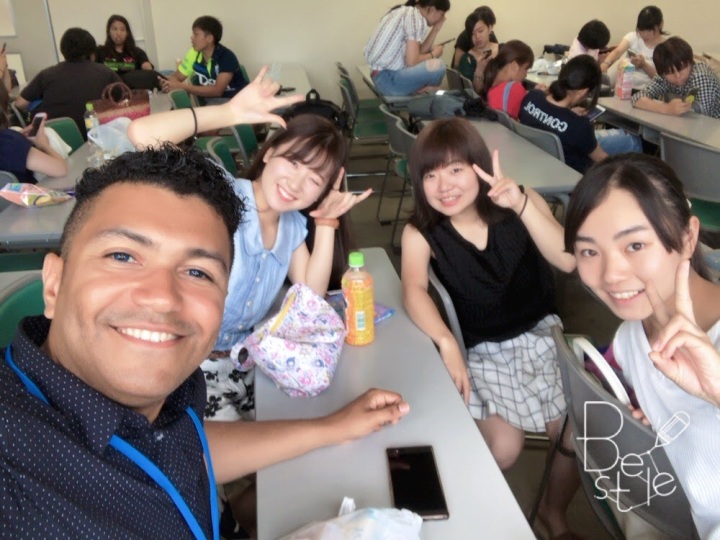


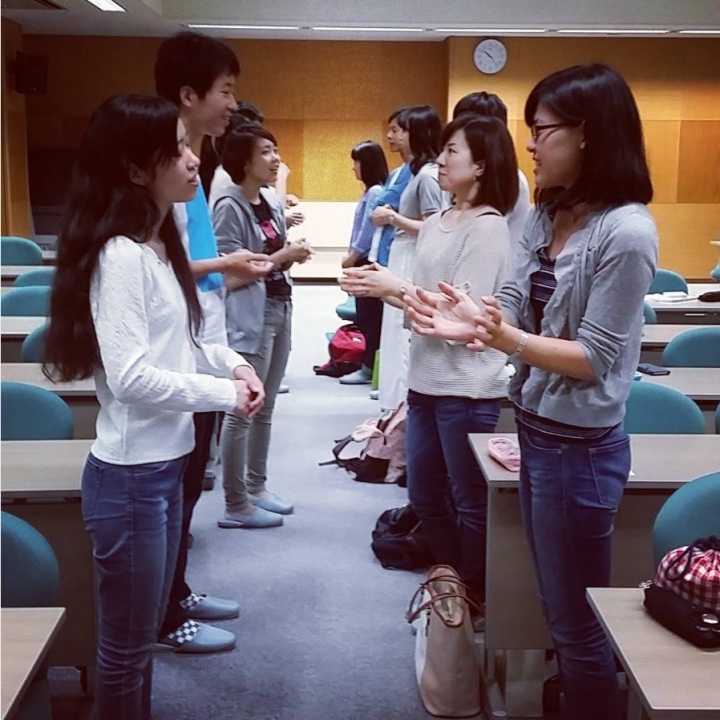
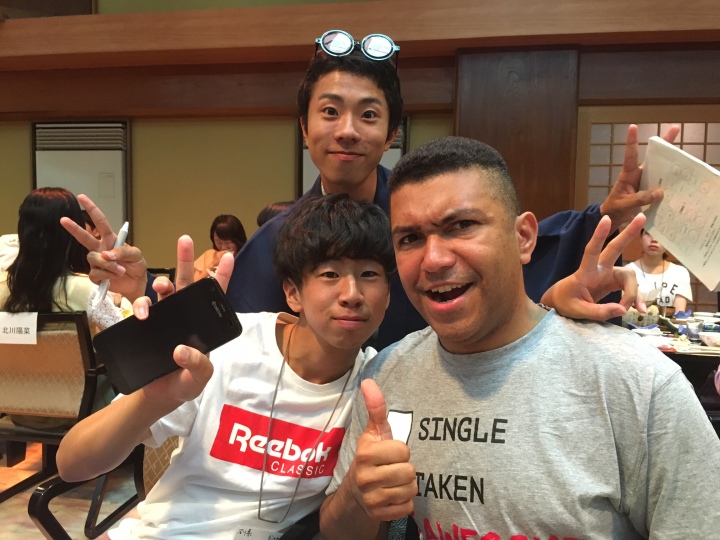





















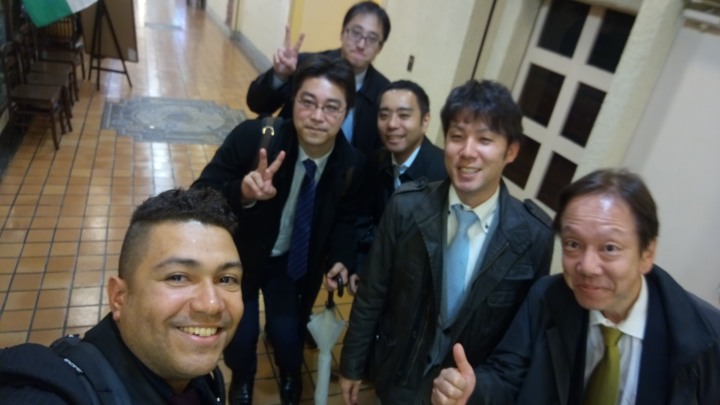




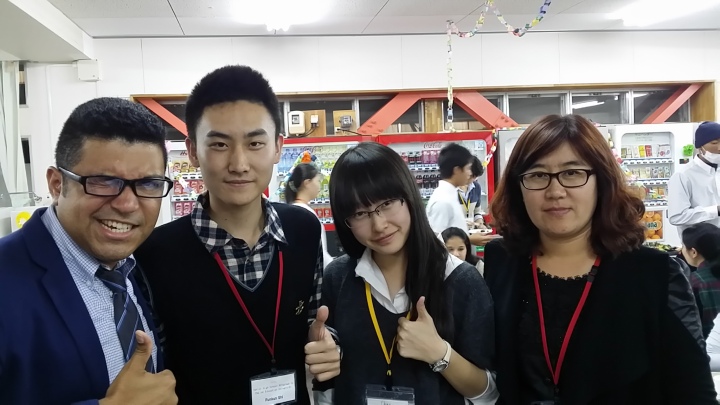 The influence of “no more shyness” on your students
The influence of “no more shyness” on your students







